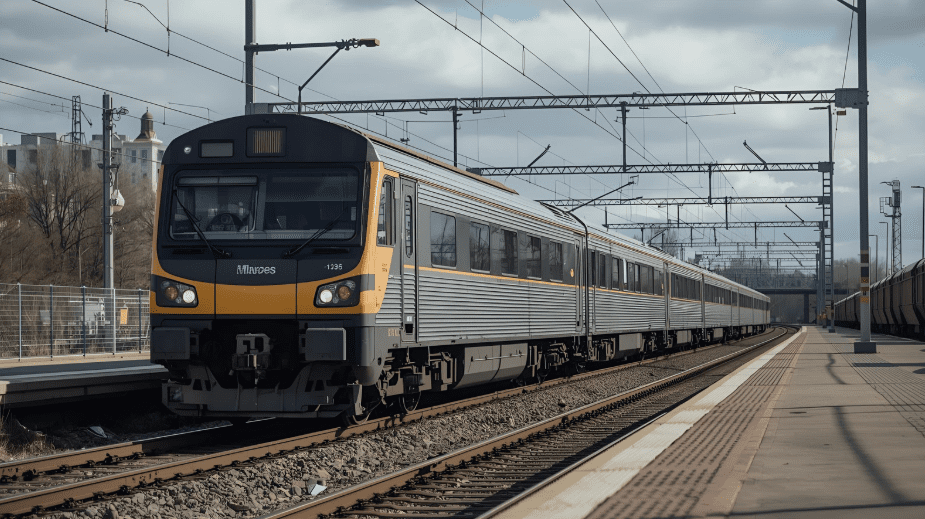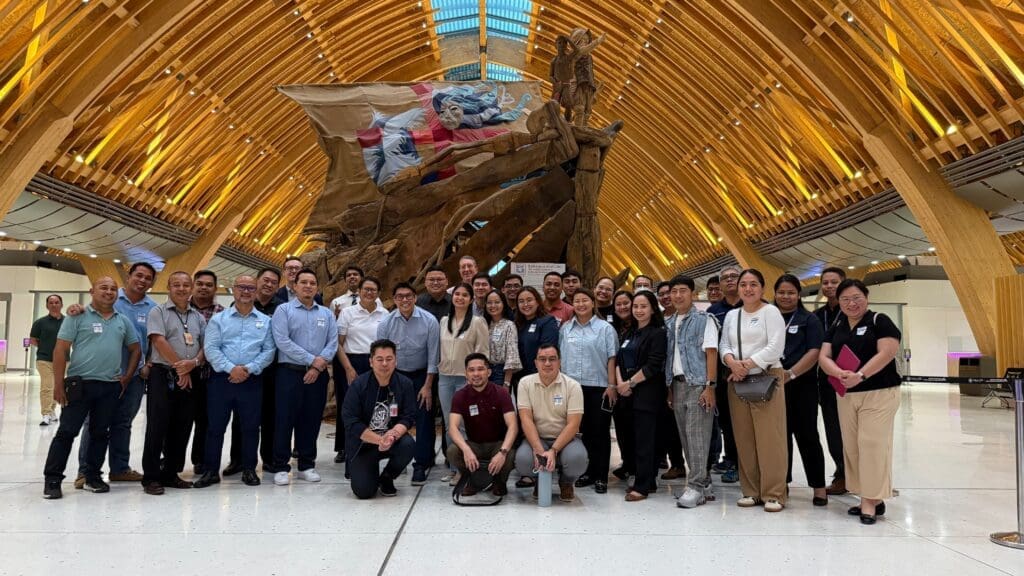(Credit: Canva)
When a train breaks down, the public conversation often centres on stranded commuters. But the ripple effects reach much further — into boardrooms, retail shops, and service industries where delays translate directly into lost productivity and revenue.
A Major Disruption on the North East Line
On 12 August 2025, Singapore’s North East Line (NEL) ground to a halt. According to a Press Release by SBS Transit, a sudden power fault at 11am disrupted services across 11 stations from Farrer Park to Punggol Coast, affecting thousands of commuters.
Investigations later revealed that a flashover in a depot substation transformer had tripped both the main and backup power systems, an unusually rare failure that paralysed the network. Full NEL service resumed at 2:10PM, while the Sengkang and Punggol LRTs only returned to full operation by mid and late evening.
The Second Breakdown in a Week
Just three days later, on 15 August 2025, the Sengkang-Punggol LRT experienced another disruption due to a power fault, causing services to be suspended entirely for a period. Channel News Asia (CNA) reported that commuters faced significant delays, with the service gradually restored later in the day. The second incident compounded public frustration and raised further questions about the resilience of Singapore’s LRT system.
The recurrence highlights the risk of cascading disruptions and underscores the importance of robust contingency planning, both for the transport operators and for companies that rely on timely staff arrivals.
From a Risk Management Perspective
The August breakdowns underline that, while companies feel the ripple effects, the responsibility for resilience does not rest with them. Businesses can only do so much — and train disruptions are too infrequent to justify workforce restructuring or major contingency redesigns. Instead, resilience must be driven at the infrastructure level, by the rail operators themselves.
What Operators Must Do
Case studies like Hong Kong’s MTR provide a reference point. Following its 2025 disruptions, MTR committed to measures in two critical areas:
- Strengthening overall resilience of the railway network
Railway operations involve a myriad of equipment, components, and precise coordination of sophisticated systems. To ensure reliable performance, MTR has long maintained a stringent asset renewal and maintenance regime. In addition to this, it pledged new measures to strengthen resilience and reduce incidents that could lead to prolonged service suspensions:
- Immediate one-off targeted inspection of critical assets: covering 700km of overhead lines and more than 600 signalling points.
- Strengthened daily monitoring of asset condition data: applying technology to detect early signs of anomalies in tracks, trains, overhead lines, and signalling.
- Risk-based reassessment of critical assets: reviewing maintenance and management to identify key risk areas, improve drills, and apply innovative technologies for faster recovery
- Strengthening emergency recovery and response capabilities
With lessons learned from past incidents, MTR also pledged to improve its emergency readiness through:
- “Last resort” recovery plans and better-equipped emergency teams to speed up incident handling.
- Enhanced drills and exercises with government agencies and even members of the public to prepare for large-scale disruptions.
These measures highlight how operators can translate lessons learned into systemic improvements, ensuring disruptions are managed swiftly and transparently.
The Wider Risk Landscape
According to Aon’s 2025 Public Transit Liability Benchmark, rail incidents, though less frequent than bus incidents, pose significant risks that extend beyond immediate service disruptions. The report highlights emerging threats such as natural disasters, cyberattacks, and increased absenteeism, which further complicate resilience planning.
For operators, this means investing not just in physical infrastructure, but also in holistic risk management frameworks that anticipate cascading risks across technology, staffing, and passenger safety.
Conclusion
Breakdowns may only occur a handful of times a year, but their impact can be severe. Aon’s data underscores that rail incidents carry high costs and expose systemic vulnerabilities, while MTR’s case shows how operators can translate lessons into stronger resilience.
Ultimately, the responsibility for ensuring reliability, safety, and continuity does not rest with businesses or commuters — it lies with the transport operators themselves.








